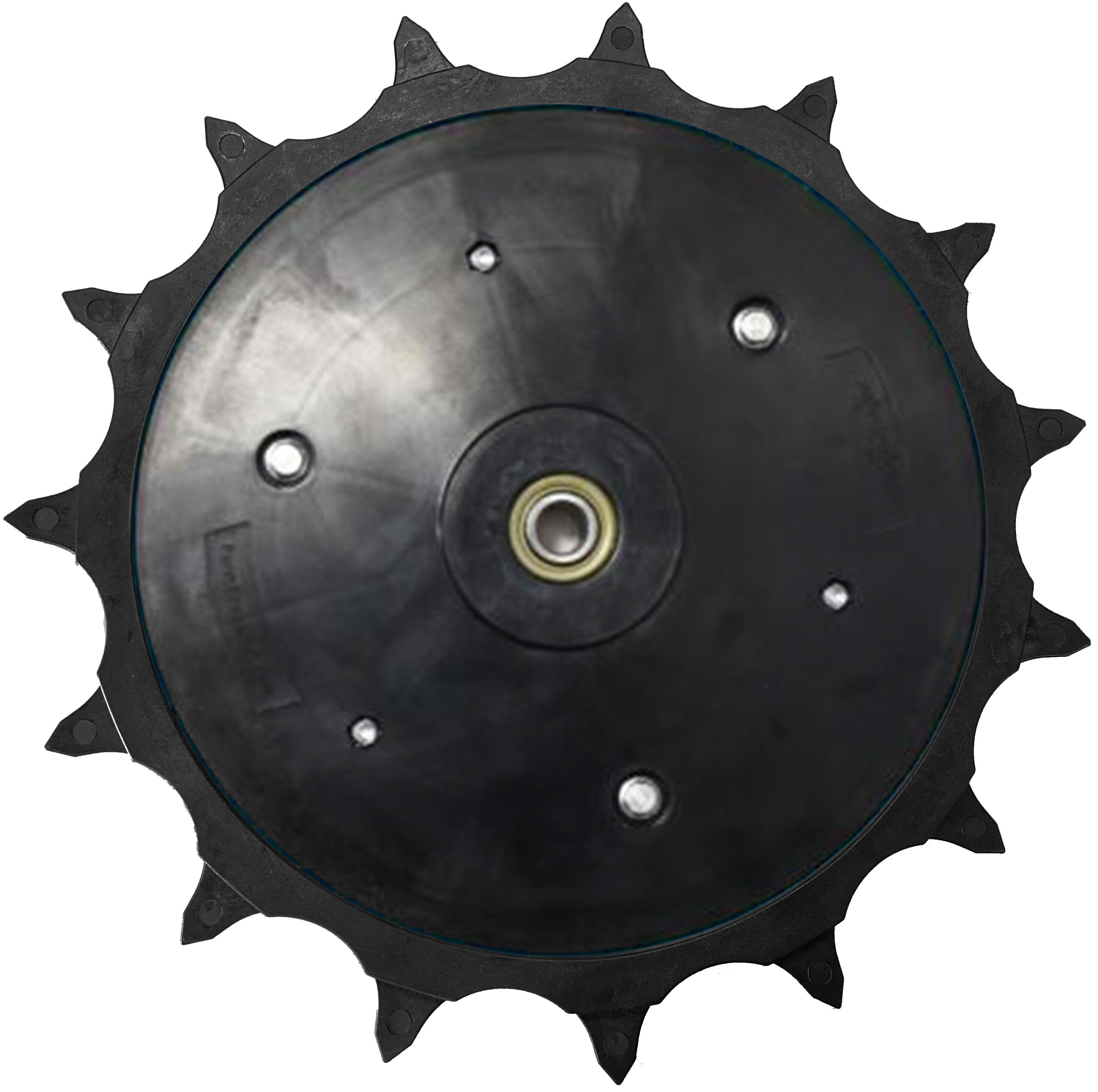Since the planter bears the majority of the physical responsibility for manipulating soil, placing seed, and getting the seed off to a good start, a well-maintained planter gives seed the best chance. Here are some tips to ensure maximum yield and better planter performance.
Planter Levelness And Planter Downforce
Start by assessing the pieces at the front of the planter row-unit and their role in creating a proper seed bed. Making certain that the planter is running level to slightly nose-up is an often-overlooked function that has a significant impact on how the closing wheels engage the soil. A nose-down planter will tip the closing bracket up, requiring more pressure than necessary to close the furrow.
Paying attention to row unit downforce in the field will have a significant impact on yields once harvest arrives. Downforce is required in no-till conditions. Excessive downforce, on the other hand, causes sidewall compaction, making it more difficult to close the furrow and causing the closing wheels to break up the sidewall in lumps rather than crumbling the sidewall. This is where Germinator closing wheels come in.
Furrow Closers For Wheels
Spiked closing wheels are required to break up the compaction and allow crown roots to grow in all directions. If you are experiencing rooting issues or are having difficulty closing the furrow despite following all of the steps correctly, an innovative product such as furrow closers for wheels will increase yield potential.
Furrow row closer wheels for your planters can do wonders for promoting successful and consistent seed germination and emergence. The furrow closers maximize seed-to-soil contact by removing sidewall compaction, providing depth control, removing air pockets, and completely closing the seed trench with inner rim shoulder firming. In fact, what distinguishes Germinator is its inner-rim shoulder-firmer, which encases the seed in soil and maximizes every seed’s contact with the soil. It’s not just any furrow closer–it’s the best one for your wheels to enhance your yield!
Properly Preparing Your Planter
Here are some issues to check for before getting your planter to the field:
- Check the tire pressure, particularly on older planters. This includes some older planter models’ small mechanical drive wheels.
- Check for sway in each unit. Wear in the bushings and bolts can cause units to set seed at an angle. The depth of seeding may change as a result of poor unit bounce recovery (at odd angles), which may also tend to smear the sidewalls of the seed channel under more humid conditions.
- To reduce trenching, inspect the operation, alignment, and wear of fluted coulters, fertilizer units, and the depth of row cleaners, among other things.
- Disk opener wear can alter the shape of the seed channel as well as the seed’s ability to stay in place at the bottom of the trench.To find out when it’s imperative to replace disc openers, consult your manual or your dealer. If you’re using seed firmers, make sure they’re properly aligned. Check the spacing between the discs as well.
- If you’re using a planter, don’t forget about the starter fertilizer and soil insecticide systems. Partially blocked tubes, leaks, and system wear can all drastically alter application rates.
To know more about Germinator furrow closer for wheels and how it can enhance production, check out our website.


